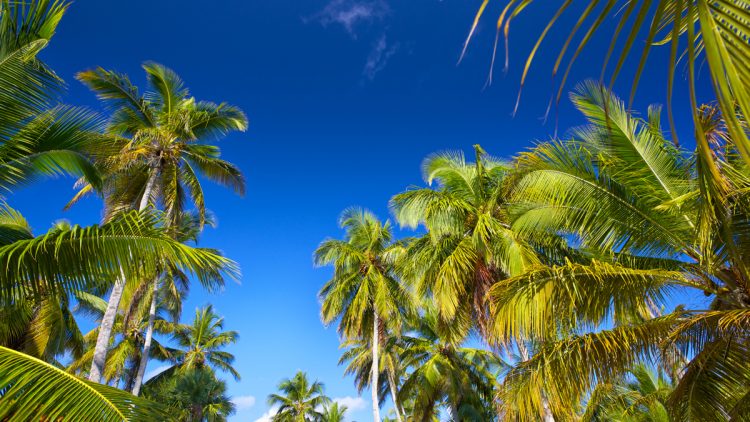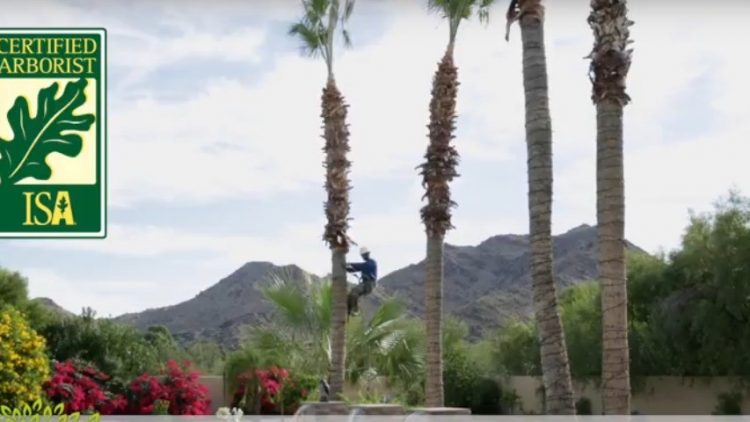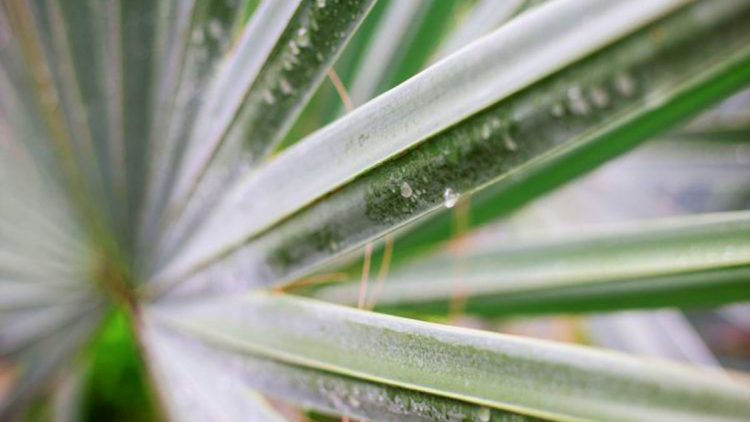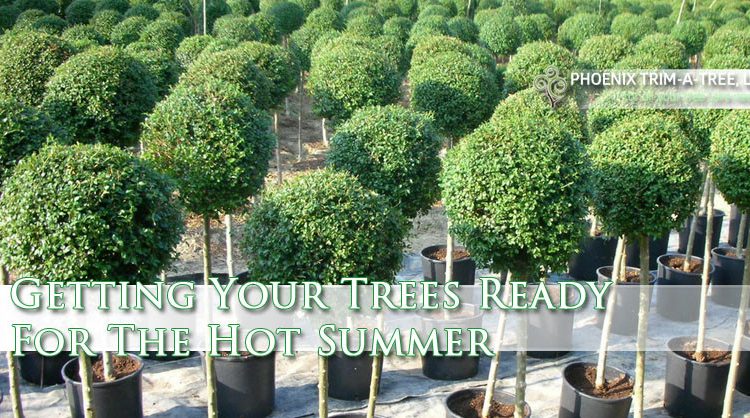Lighting Palm Trees For Christmas 2025
WRAPPING PALM TREES WITH CHRISTMAS LIGHTS
GET A FREE ESTIMATE TODAY!
Palm trees are famous all around the Phoenix Valley, and during the holidays they make a beautiful way to add holiday cheer to your house or business. It’s easier than ever to decorate palms for Christmas 2025, but you need to plan ahead, get the right lights, and install them correctly to do it safely and beautifully. This holiday season, here’s how to make your palm trees look great with lights, whether you want a simple warm glow or a complete resort-style display.
Why should you light palm trees?
Because of their height and unusual shape, palm trees immediately catch the eye. When you cover them in Christmas lights, they instantly change a scene into something warm, inviting, and unmistakably “Arizona holiday.” Palm trees that are well-lit can:
- Make the outside look better
- Make the atmosphere like that of a resort
- Make walkways and entrances stand out
- Make commercial buildings and outdoor gathering spaces better
- Because it is warm in the Phoenix area over the holidays, outdoor decorations stay bright and fresh without having to deal with snow or frost.
How to Pick the Best Lights for Palm Trees
Not all Christmas lights look good on palm trees. Some of the better choices are:
- LED Mini Lights: These lights are brilliant, cool to the touch, and come in warm white, cool white, and multi-color. They also use less energy. These are great for wrapping around the trunk or adding to the fronds.
- Commercial-Grade String Lights: These lights are made for outdoor use and can handle the harsh Arizona sun and the wide range of winter temperatures.
- C9 or C7 Bulbs: These big bulbs make a powerful festive statement and are great for tall Canary Date Palms or Medjools.
- Net Lights for Fronds: These lights give the canopy a stunning glow without having to wrap each branch separately.
How to Properly Wrap a Palm Tree
A neat, professional wrap is what makes a holiday display stand out from “nice lights.” Here are some best practices:
- Start at the bottom and work your way up, making sure to leave enough space between each step.
- Keep the tension the same so that the spacing stays even.
- Instead of nails or staples, use clips that are made for the outdoors.
- For a sleek look, hide the connectors beneath the trunk.
- Use outside holiday lighting extension wires and timers.
Phoenix palms can grow to be 20 to 40 feet tall or more, so hiring a professional tree service is the safest and best way to make sure they all look the same. This is especially true when lifts or climbing gear are needed.
Safety Matters in 2025
Always look for frayed wires in lights, use GFCI outlets, and don’t overload circuits. Because it rains sometimes in December in the city, lighting that can handle moisture is quite important for keeping people safe from electrical threats.
Make Your Holidays Brighter with Phoenix Trim-A-Tree
Our crew can take care of everything for you if you want Christmas palm tree lights that are neatly wrapped, evenly lit, and safely put up for 2025. We’ll design, install, and take them down in January. We’ll make a display just for you that fits your home, HOA rules, or business style.
TOOLS & SUPPLIES YOU’LL NEED INCLUDE
TWO LADDERS, TWIST TIES, OUTDOOR EXTENSION CORD, LIGHT DUTY STAPLE GUN, MULTIPLE STRINGS LIGHTS AND A HELPER.
WRAPPING PALM TREES
Make sure you have everything you need before you get started so you don’t have to pause and run to the store. Leaving ladders or tools out while you are gone creates safety hazards and taking everything back in is a hassle.
RESIDENTIAL TREE TRIMMING
If you find some damage or possible signs that your tree might be sick or dying while hanging your lights, give the experts a call. Phoenix Trim-A-Tree is your go to source for diagnosing what is wrong with trees, coming up with plans to save them, or helping remove trees that are beyond saving. You can trust the ISA Certified Arborists we send to look at your trees and help you with your landscape. When you’re wrapping palm trees or other trees in your landscape in lights it sets them as centerpieces in your landscape. Make sure they are up to the job with tree trimming services from Phoenix Trim-A-Tree.





